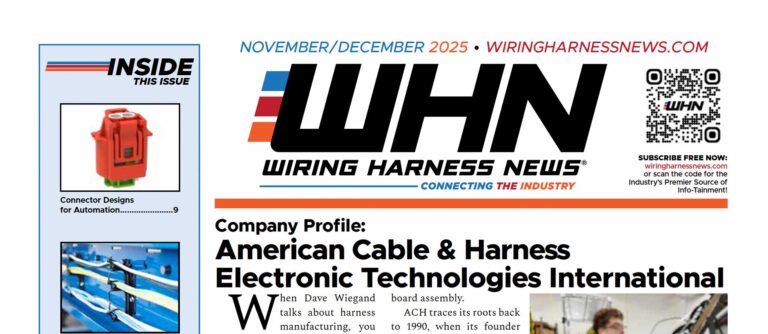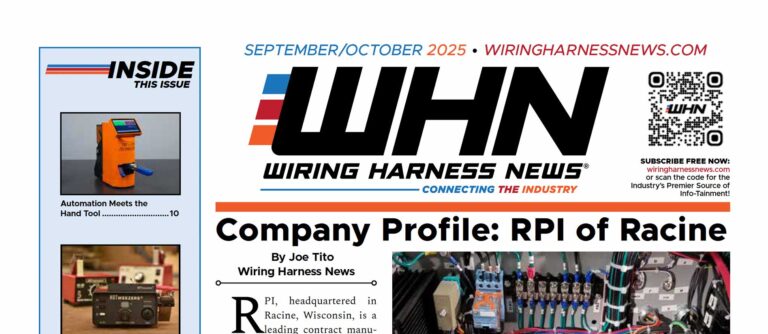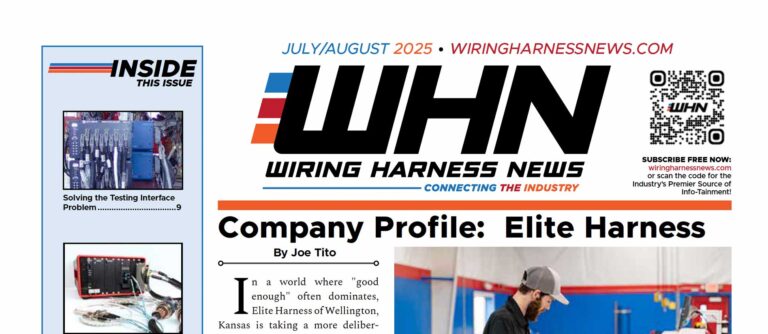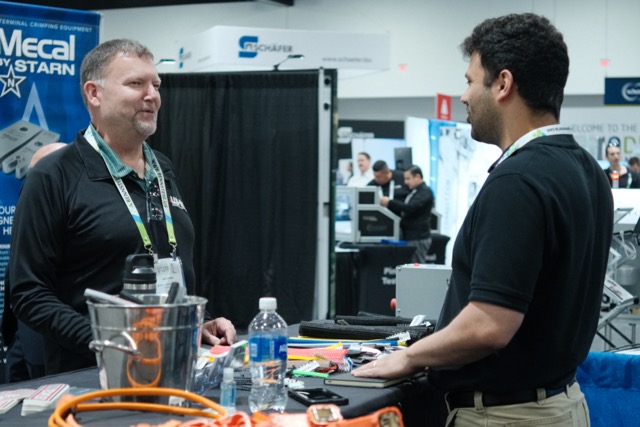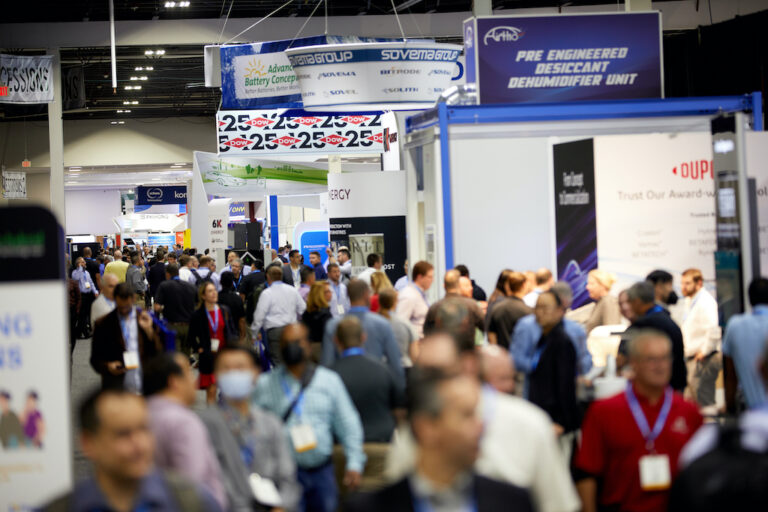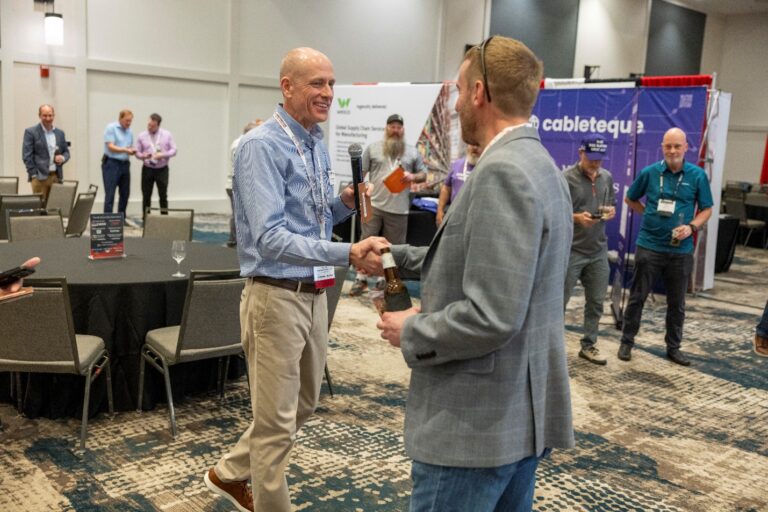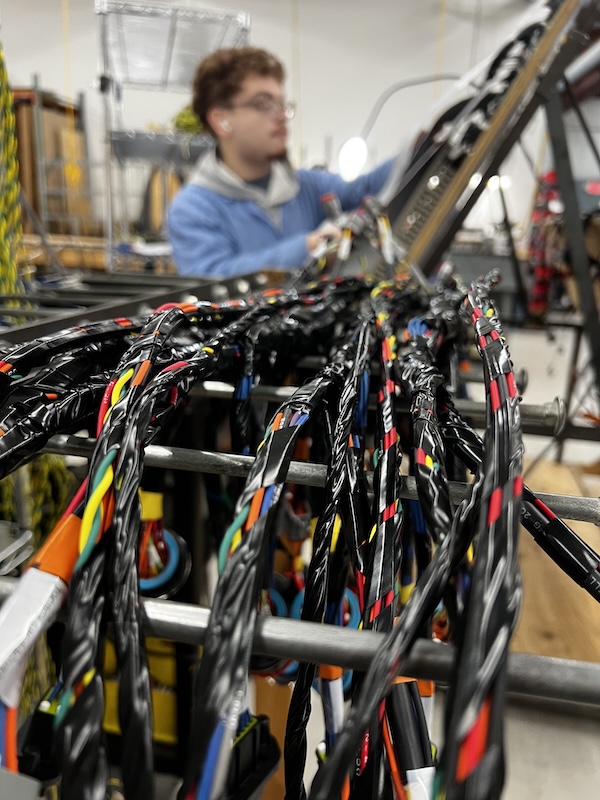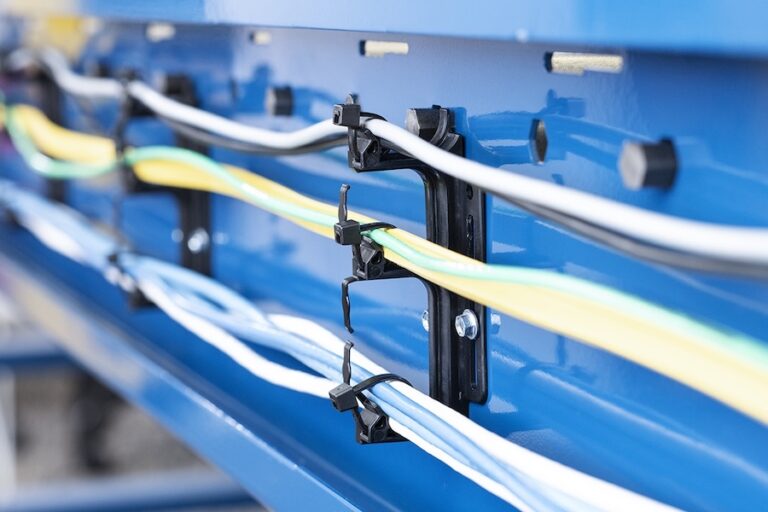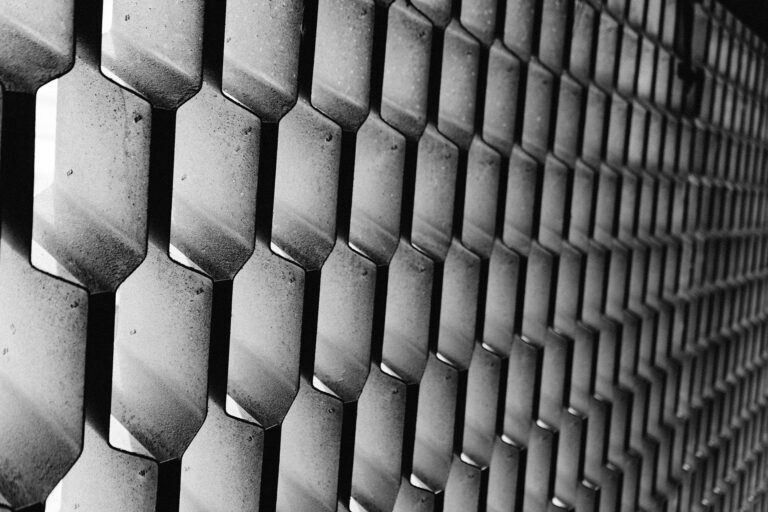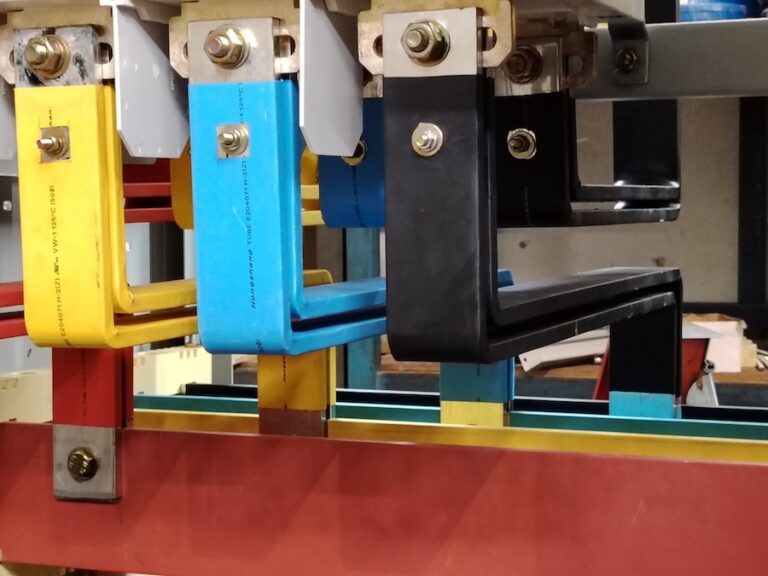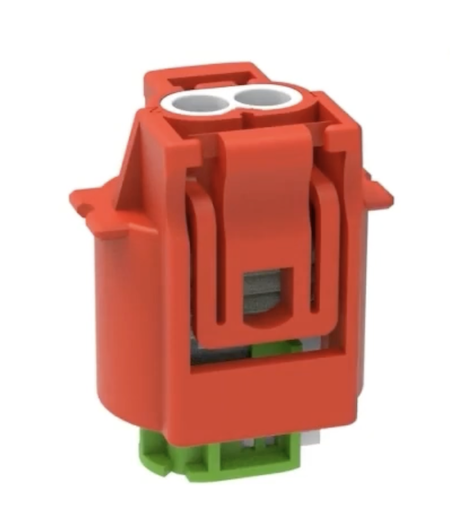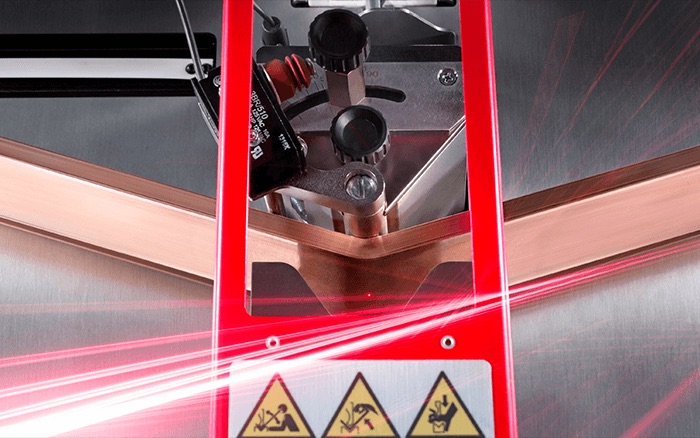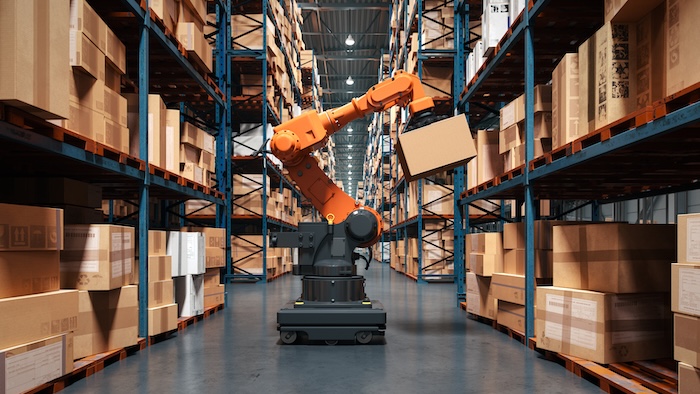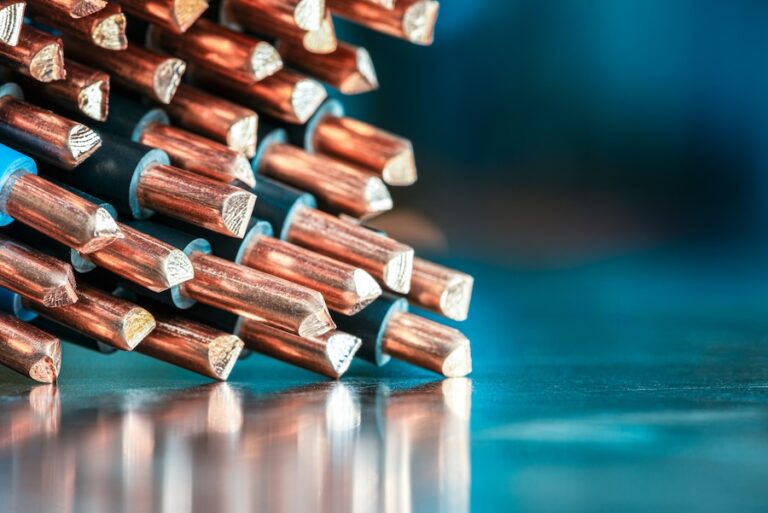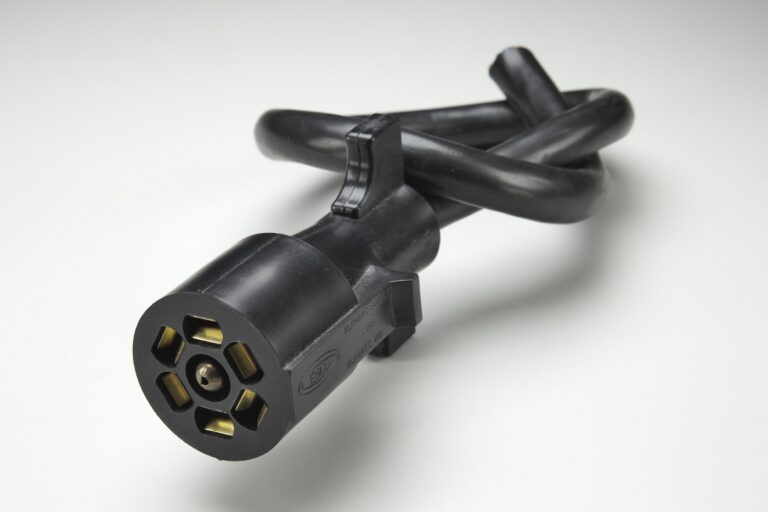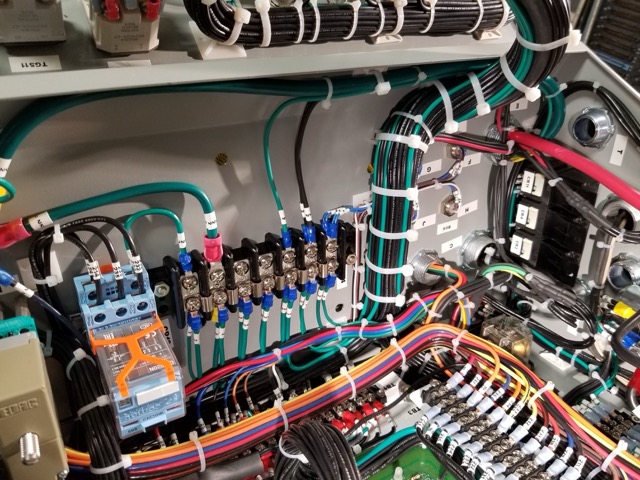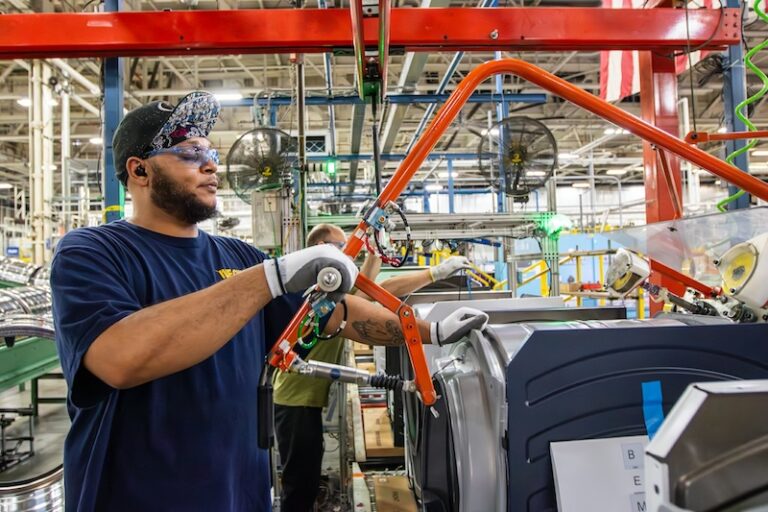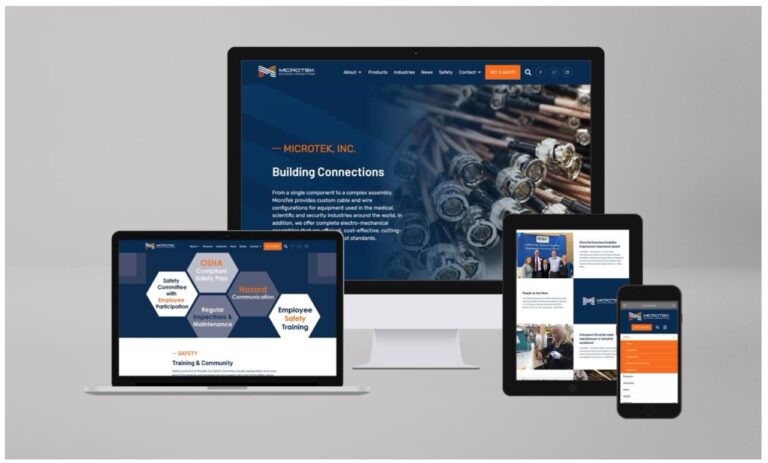By Arik Vrobel, Cableteque
The integration of various engineering platforms plays a crucial role in the development and management of complex wire harness systems. The interconnection between these platforms and the utilization of sophisticated design tools are pivotal in ensuring accuracy and efficiency in the design process. However, a significant portion of the industry, referred to as “the rest of the world,” still relies on less advanced methods, such as using Excel spreadsheets for wire harnesses and connection lists, leaving the onus on manufacturers to resolve any discrepancies. This report critically examines the importance of a well-managed component library in the engineering Electric Wire Harness (EWH) design process, its impact on design rule checks (DRCs), and the ongoing maintenance required to ensure compliance and relevance in a rapidly evolving technological landscape.
The importance of component libraries
A component library is the linchpin of the EWH design process, serving as a central repository for all design components. It contains crucial specification data, including electrical characteristics and physical dimensions, which are essential for the accurate assembly and function of the final product. However, the value of a component library extends beyond mere specifications. It encapsulates part relationships and compliance data, which are critical for ensuring that components fit together correctly and meet industry standards, such as RoHS, conflict materials, and export controls.
The integration of a comprehensive component library into the design process can significantly reduce errors. For instance, mismatches and incorrect part selections can be flagged early in the design phase, thereby averting costly revisions and production delays. According to a poll, 73 percent of users reported encountering errors in their files, underscoring the potential for improvement through the use of a well-managed library.
Impact on Design Rule Checks
Design rule checks are automated procedures that validate the design against a set of predefined rules or standards. The efficacy of DRCs is heavily dependent on the quality of the component library. Engineers must ensure that the library accurately reflects the specifications and relationships of components. This includes understanding the intricacies of how components mate, considering factors like locking mechanisms and compatibility with other parts. Additionally, the library must account for potential issues such as dissimilar metals, which could lead to corrosion or failure in the final product.
A well curated library can streamline the design process by providing quick access to approved and tested components. It minimizes the likelihood of errors and the need for iterations, thus accelerating the time to market for new products. Moreover, as standards evolve, a current and compliant library ensures that designs remain relevant and meet the latest industry requirements.
Maintenance and Obsolescence Management
The dynamic nature of the technology industry means that component libraries must be actively maintained. Obsolescence is a persistent challenge; parts become outdated, and new components emerge. It is imperative for engineers or designated personnel to regularly update the library to reflect these changes. This includes removing obsolete parts, adding new ones, and revising the library to comply with updated standards or regulatory changes.
Failure to maintain the component library can result in the use of prohibited or outdated parts, leading to non-compliance, product recalls, or even legal repercussions. Therefore, the maintenance of the component library is not a one-time task but an ongoing responsibility that requires dedicated resources and attention.
The maintenance of the component library is equally important, necessitating vigilance in updating and revising its contents to keep pace with technological advancements and regulatory changes. Organizations that invest in the development and upkeep of a robust component library will reap the benefits of reduced errors, faster design cycles, and adherence to industry standards, ultimately leading to a more competitive stance in the marketplace.
About Mr Arik Vrobel
For over 30 transformative years, Arik led the evolution of El-Com Systems into a pinnacle of excellence in Electric Wire Harnesses (EWH) for global enterprises. In his final 5 years, he steered El-Com to become the foremost provider of engineered harnesses for the commercial-space sector, supporting groundbreaking projects on space platforms.
Since its acquisition by Winchester Interconnect, driven by his entrepreneurial spirit, Arik founded Cableteque, a beacon of innovation offering AI-based CAD tools to enhance and validate engineering designs of EWH, inspiring the industry with his vision for impactful technological advancement.


